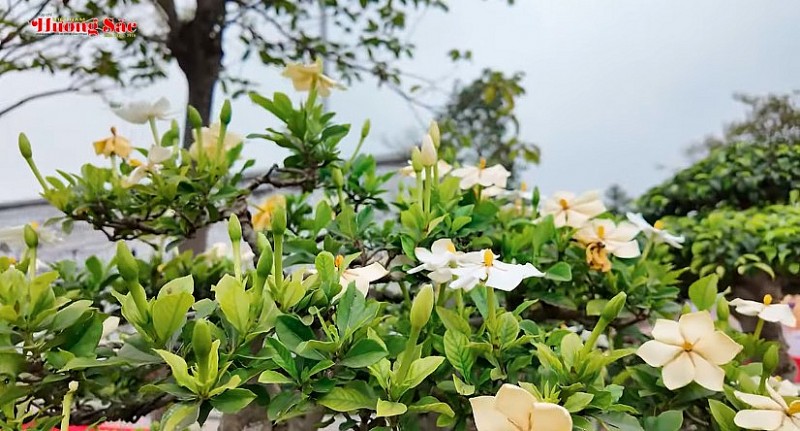56-year-old man living alone in the forest for 27 years with birds
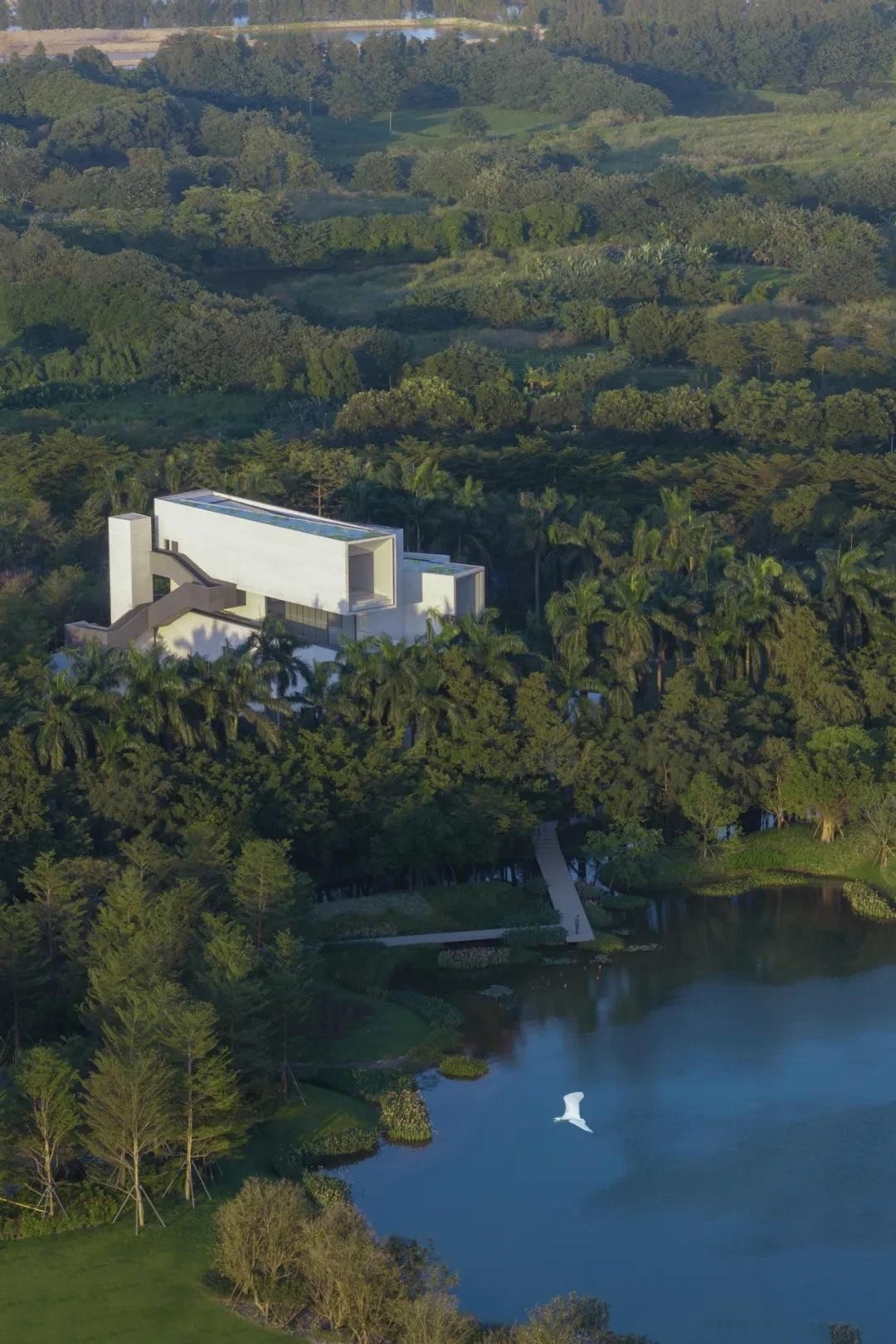 |
20-year journey to build a "kingdom of storks"
Mr. Huy set up a tent in the middle of the forest, fought off poachers, built watchtowers, dug waterways with his own hands. Tens of thousands of white storks, night storks, herons, starlings... at one point, the garden was home to more than 30,000 birds, and was called "heron paradise" by locals and the online community.
 |
Mr. Huy shared: "I was born in Shunde, my childhood was associated with the rice fields. In 1998, I rented this land to plant bamboo, but unexpectedly, birds came. From a few dozen, now there are tens of thousands. The forest is about 170 acres wide. I thought: The forest has not yet had time to turn green, the birds have already returned. If later the bamboo grows densely, there will be more birds. I also told the workers: Do not disturb them, do not catch or chase them away".
Because few people came, the bamboo forest gradually developed naturally. In 1999, migratory birds returned, in 2000, white storks and night herons came in greater numbers. In the morning, white storks flew out to find food; in the afternoon, they flew back to perch on the bamboo. Night herons flew away in the afternoon and returned early in the morning. Currently, in the forest there are about: 1,000-2,000 night herons, 2,000-3,000 white storks, 100 gray storks, 3,000 stone starlings and other species such as forest birds, white storks...
Although the birds are protected, poachers always find ways to catch them. In the 2000s, tens of thousands of birds returned, and poaching increased. The bad guys threatened: "If you block my way, I will burn the forest!". Uncle Huy was angry and decided to dig a river around to prevent it. His father also said: "If you are determined to protect the birds, you must do it to the end".
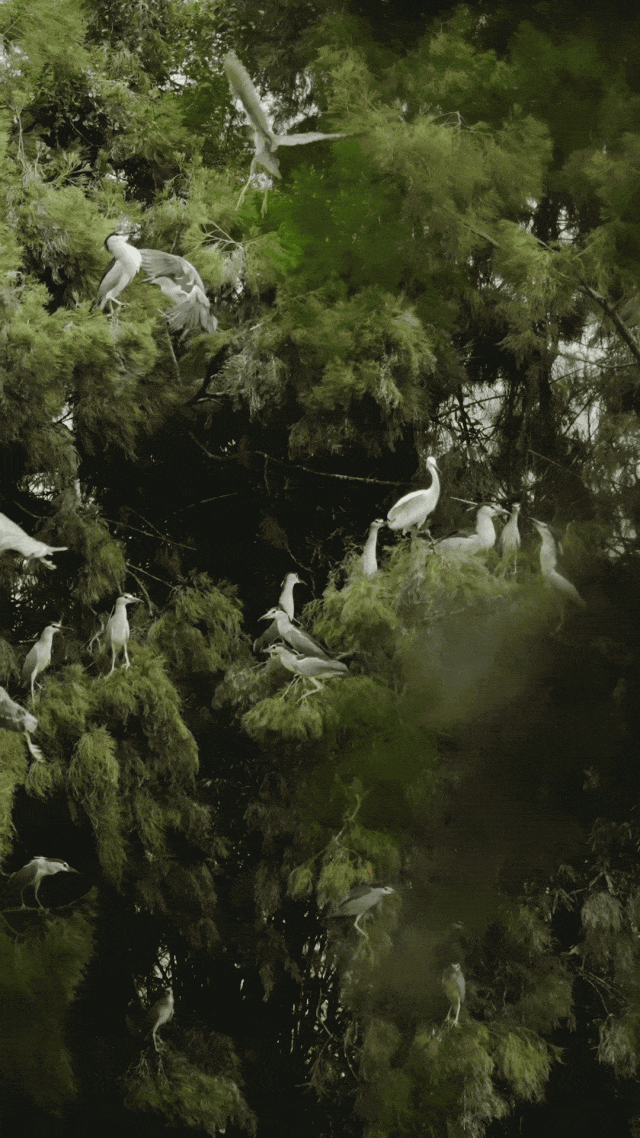 |
On March 15, 2003, when all the birds had flown away, Mr. Huy began digging the river. It took more than a month to complete. The river is 1,200m long, 12m wide, and 2-2.5m deep. On both banks, he planted banyan trees.
For the past 22 years, birds have been coming here every winter.
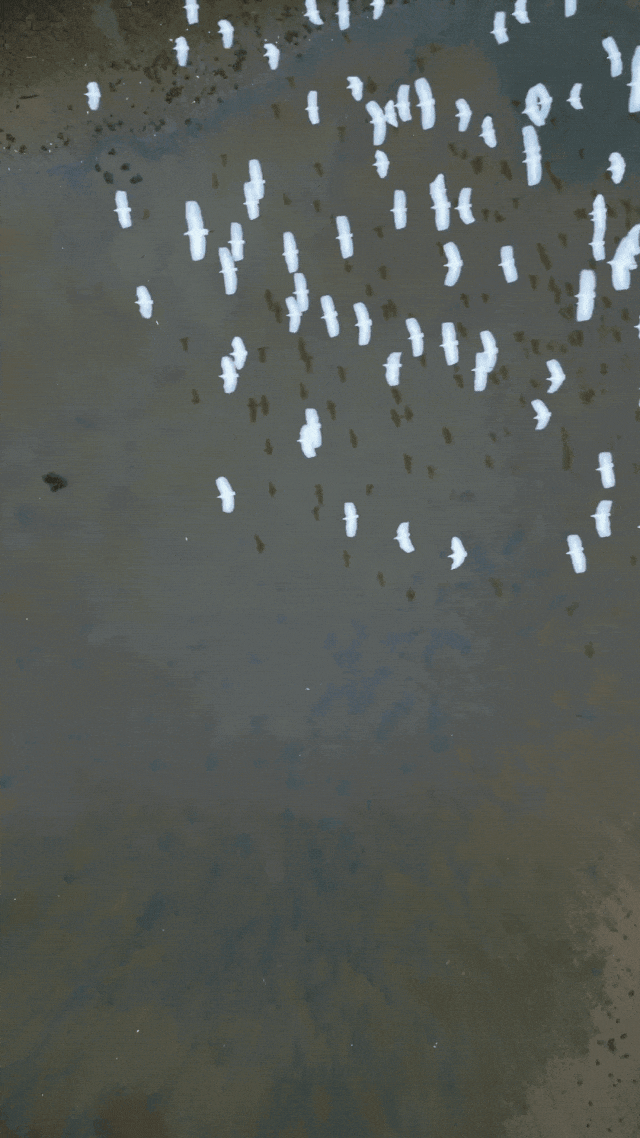 |
There used to be 6-7 bird-watching towers in the forest. In 1999, he built the first tower out of bamboo, and later (2014) he rebuilt it with steel. Climbing to the top of the 4-storey tower, you can observe the entire bamboo forest.
Before, he lived outside, patrolling early in the morning, checking the guard dogs, climbing the tower to watch birds. His family did not support him at first, but gradually they understood. Many students came here to learn about conservation. He also taught them: "Don't hunt, protect nature".
In 2018-2019, his parents passed away, and his children grew up. In 2020, Huy moved completely into the forest. Now that he is old, he said that he sometimes wonders: "Where will bird protection go?". But when the museum was built, everything was better.
He often went there to talk with architects and workers. In the future, this place will be an exhibition and educational space, attracting more people. Sometimes when he is away on business trips, he always "misses the birds" and just wants to return to continue taking care of them.
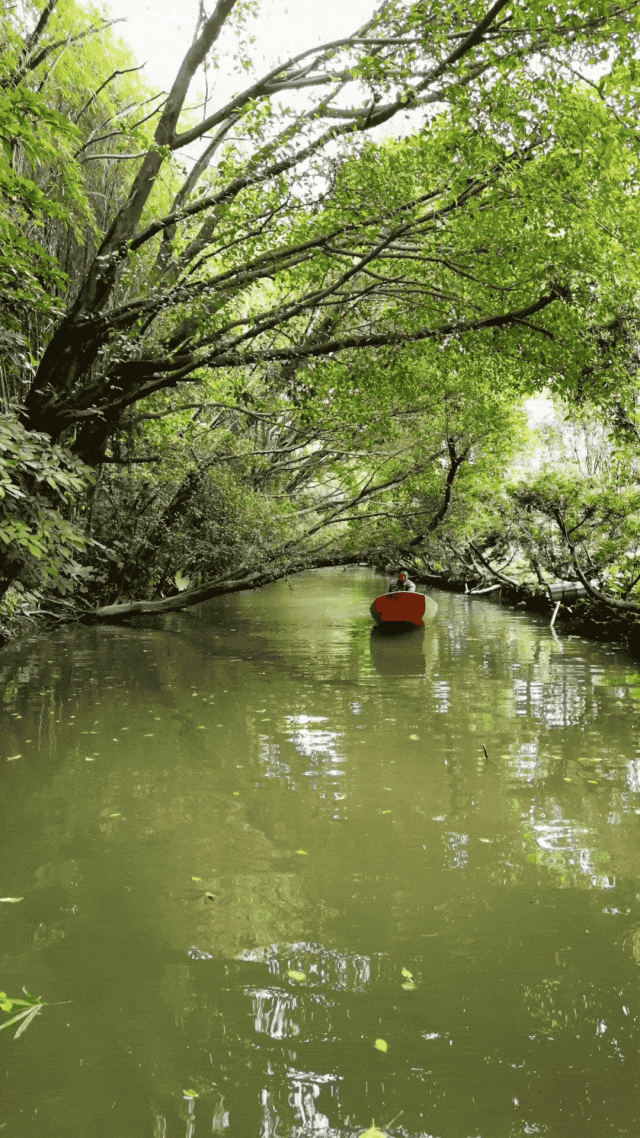 |
Van Loc Wetland Museum: Architecture blending with nature
27 years later, a solid concrete museum rose amidst the forest. Four cylindrical blocks stacked on top of each other like binoculars, pointing toward different corners of the sky. "This structure must become a hermit, just like Mr. Huy," shared architect Lu Yichen during his visit to the heron island.
 |
| Architect Lu Yichen visits uncle Tiem Toan Huy at the "heron island paradise" in Shunde, Guangdong, China. |
Architect Luc Dat Than recounts his trip to visit the "Shunde bird" like this.
The first time I set foot in Shunde, I was surprised to see a large swamp in the heart of the city with coconut trees, cajuput bushes and an island of storks. The museum was not designed from a human perspective, but from the eyes of birds.
Four stacked tubes 24 meters high are like mobile viewing frames. Each floor peeks into a different space: tree roots, tree trunks, tree branches, and at the top are the tops of coconut trees reaching out to the flock of storks. We avoided building near the area where storks nest, so that the project could be hidden behind the tree canopy. There were some leaning cajuput trees, but we kept them intact, like the way Mr. Huy protected each blade of grass. Architecture must be humble before nature.
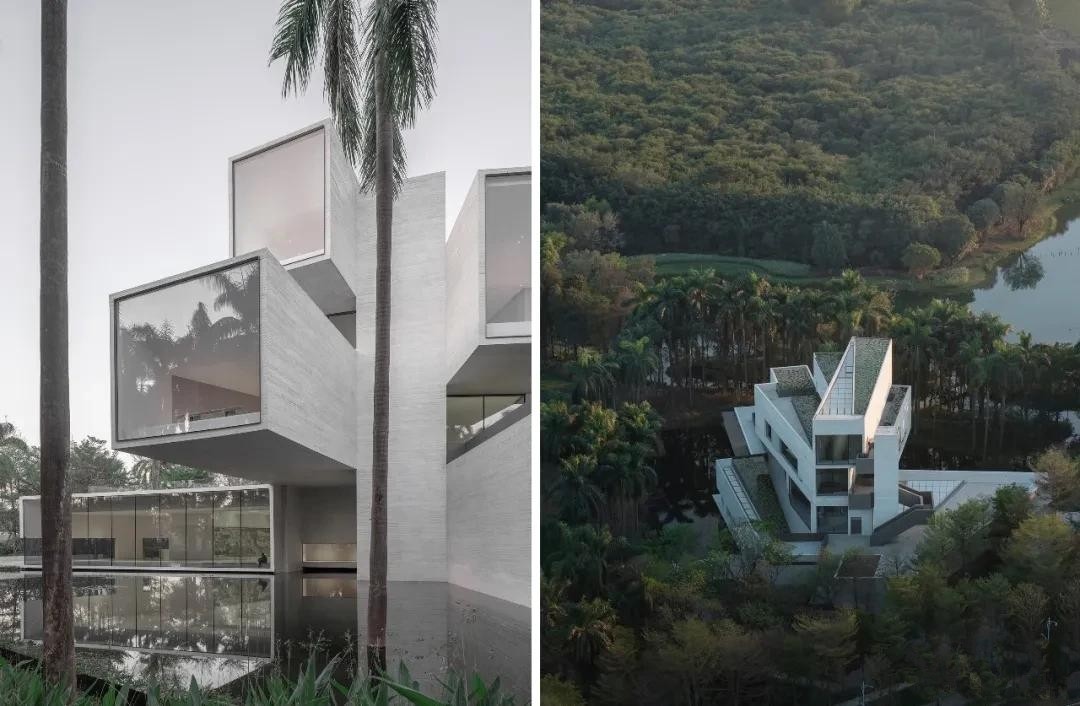 |
Mr. Huy is a rare steadfast person. From an ordinary construction worker, he devoted his whole life to the bird forest. I want this museum to become an "eccentric" in the middle of the city, like the way he lives apart from the hustle and bustle of life. Building a museum in the middle of the city is not only about technology, but also about thinking about humanity. I remember the first time I came, climbing Uncle Huy's watchtower, spending hours watching the birds.
I just learned that in Guangdong, herons are called "working birds" - they go out to forage early in the morning and return late in the evening. On the bird island, most of the birds are old or young birds that need to be taken care of, so noise and construction dust must be limited.
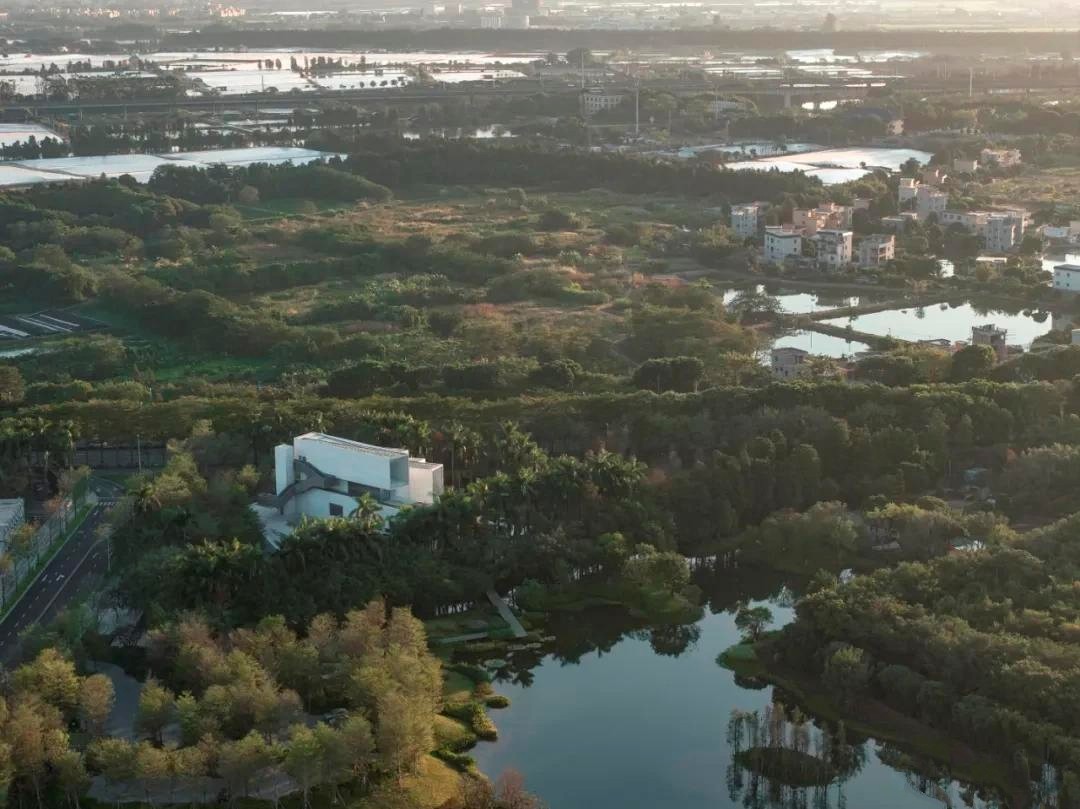 |
We also discovered that herons like shallow, sandy waters where they can dig for snails and small fish with their feet. Therefore, the project is located far from the bird island, "hidden" behind rows of coconut trees and cypress trees. The design purpose is to protect birds and trees. Even the leaning cypress trees are preserved. The road behind when completed looks like a primeval forest.
Architecture that reaches its limit has great destructive power. Many new projects often level the ground, uproot all the trees, and replant young trees after construction is completed. But with this project, we want to maintain a "humble attitude" towards nature.
I believe that after 10-20 years, the project will age but be more in harmony with nature. That is also the inspiration from Mr. Huy and the land of Shunde - they are very "native".
News
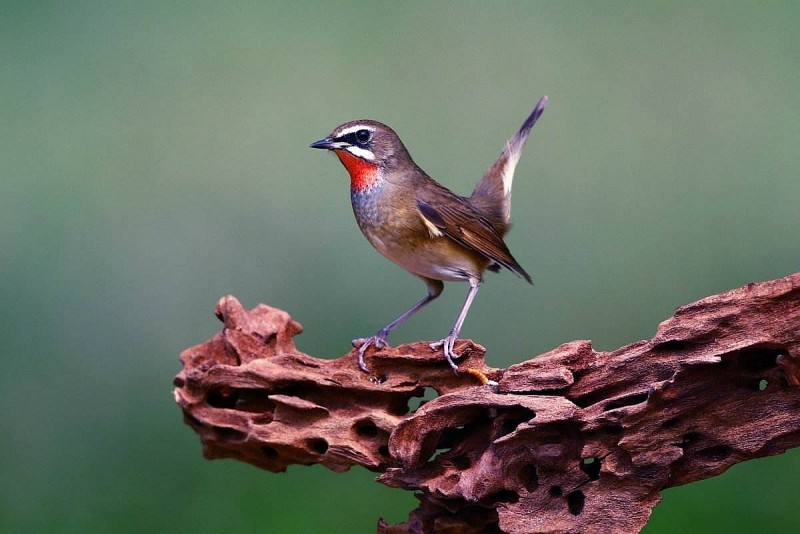

Planting native species: A global trend for greener homes and bird-friendly spaces
Other News
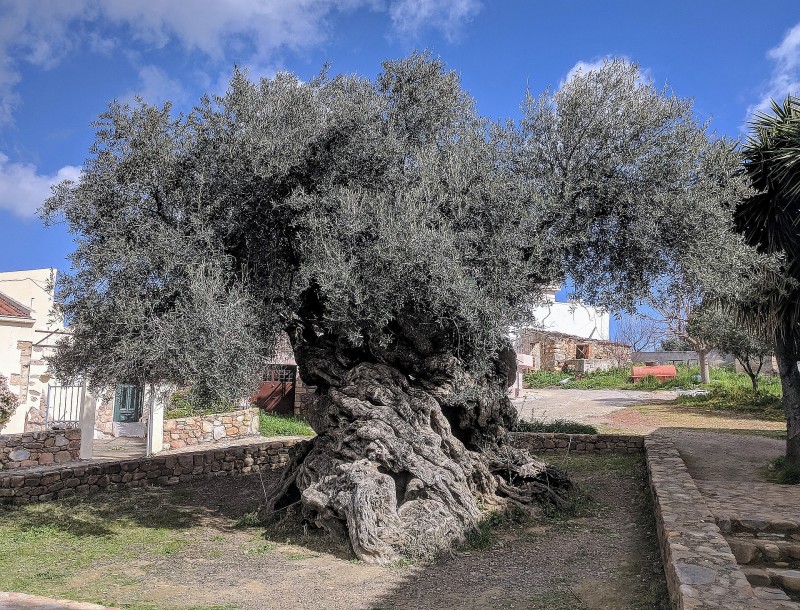
Gazing at a 5,000-year-old olive tree in Greece
Read more
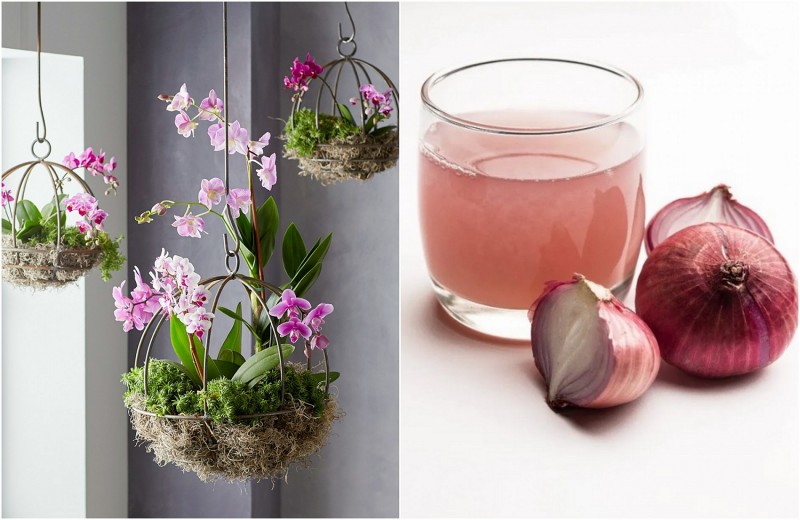
Not water, but understanding makes ornamental plants flourish

Bioponic vertical garden: When green sprouts in the heart of the city

Breakthrough mechanisms needed to promote biotechnology application in Hanoi’s agriculture

Fish robots: Technological solutions open the era of smart aquaculture
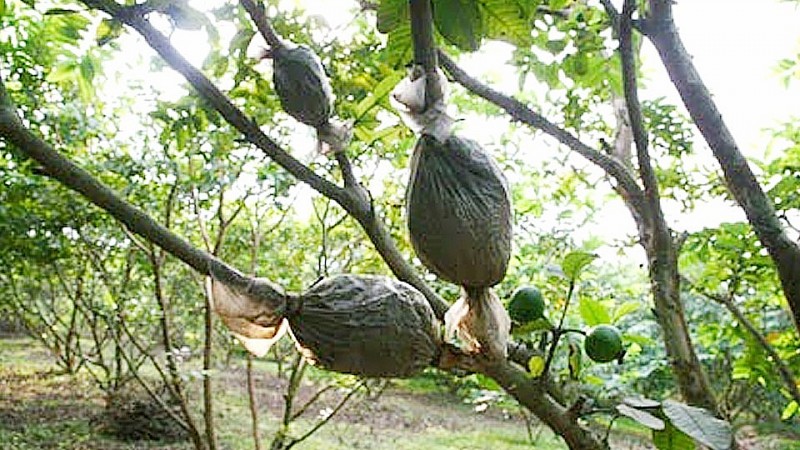
Air layering plants: An effective propagation method with great economic potential

Deteriorating air quality: Time for Hanoi to make bold investments in green spaces
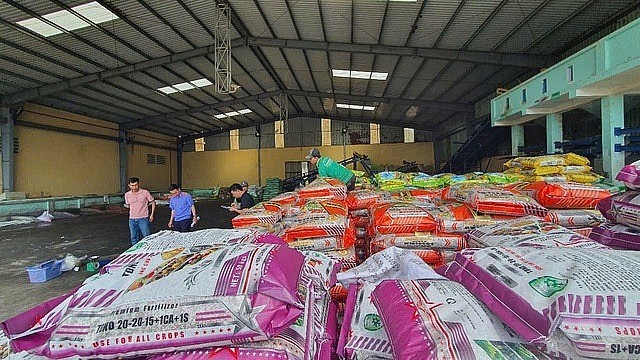
From fake fertilizers to green transformation: Opportunities in challenges

White Camellia: Nature-Healing Ornamental Treasure
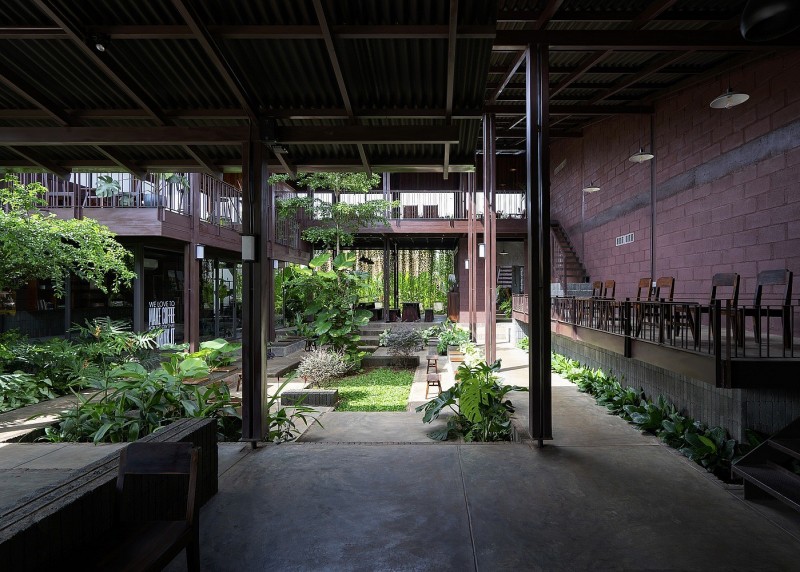
Coffee commune: A Green architectural space for community memory

Accompanying sustainable agriculture: Perspective from Agribank and opportunities for developing Vietnam's Ornamental Plants industry
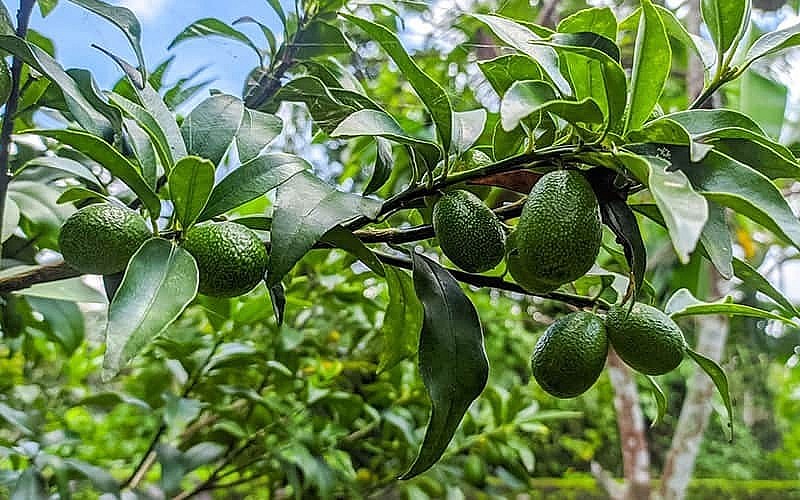
A superfruit widely grown in Vietnam, securing farmers stable income
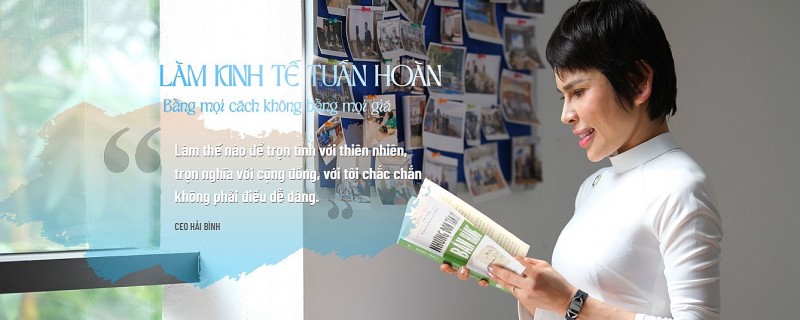
STP Group: Nguyen Thi Hai Binh - The pioneer woman bringing the ocean into the circular economy and the journey of "connecting values - connecting the community"
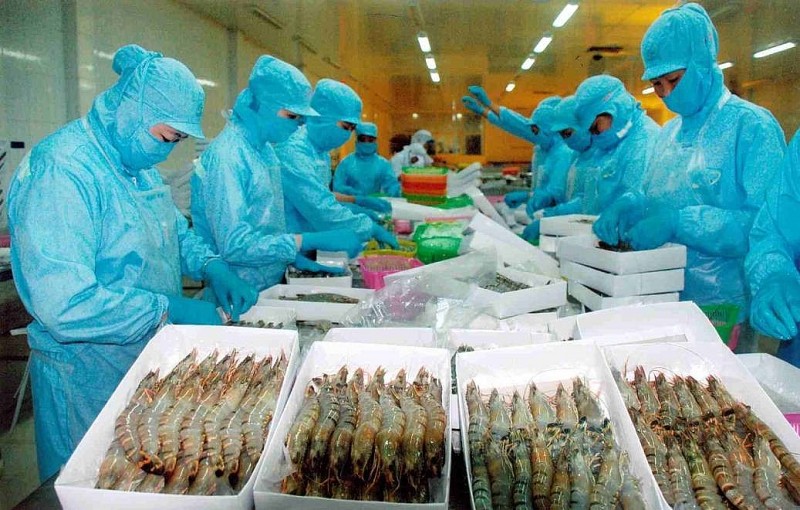
US imposes 46% reciprocal tax on Vietnamese goods: Risks and solutions for agricultural exports
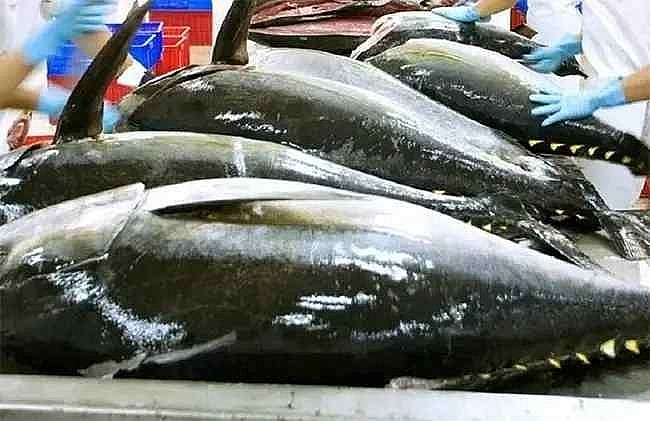
After durian, Vietnamese tuna emerges as a strong competitor to Thailand in global market

Vietnam named one of Asia’s top wildlife watching destinations
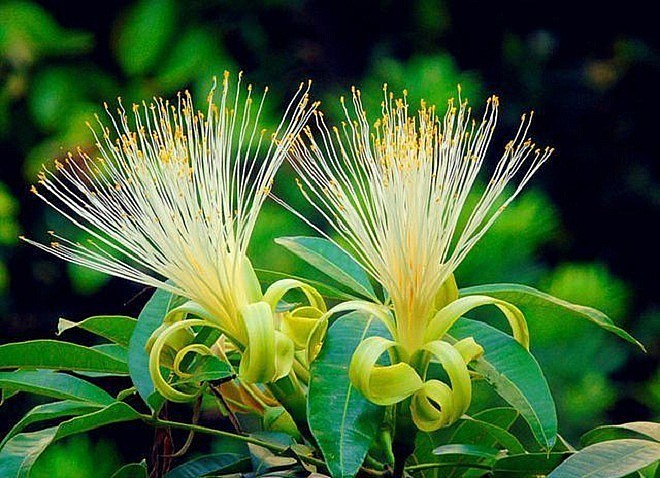
Blooming money tree - A rare omen of wealth and prosperity

Bún Flowers: Hanoi’s hidden floral delight
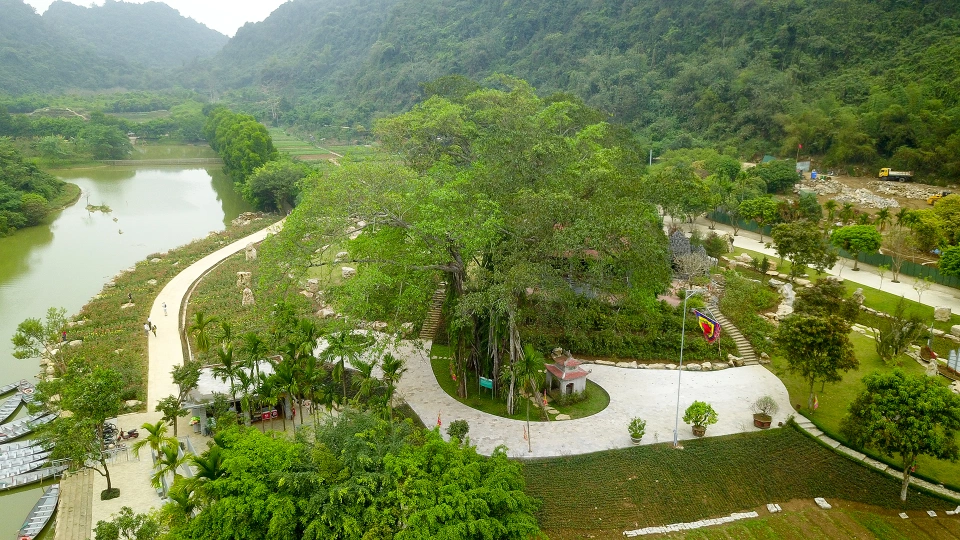
The thousand-year-old "moving" banyan tree in Ninh Binh, each step takes a century
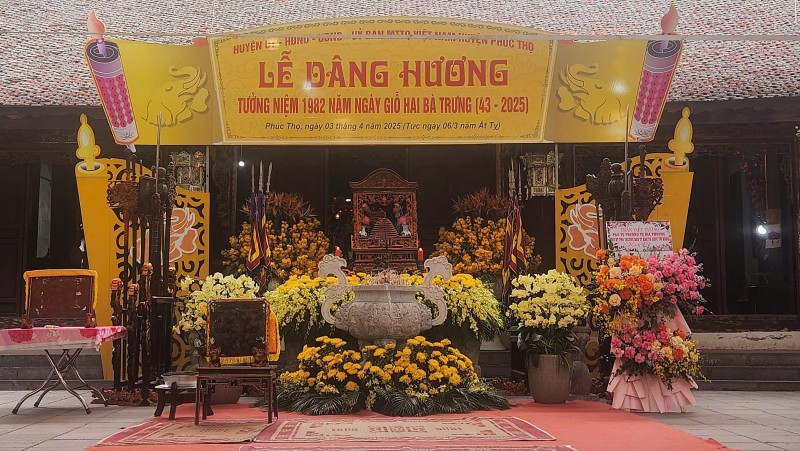
Hat Mon Temple – Historical Mark of Hai Ba Trung

Phong Nha - Ke Bang National Park: Revival of 7 rare Indochinese tigers
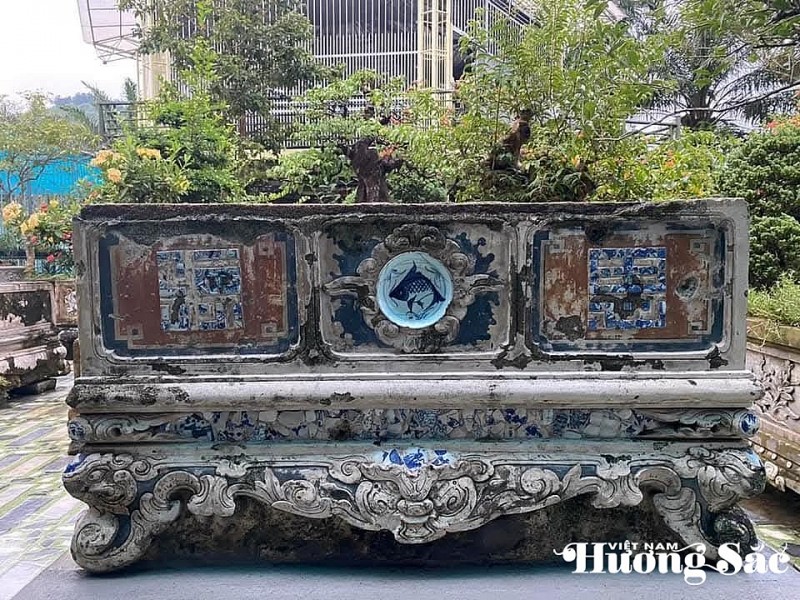
The 9X artist turns water hyacinth into living art
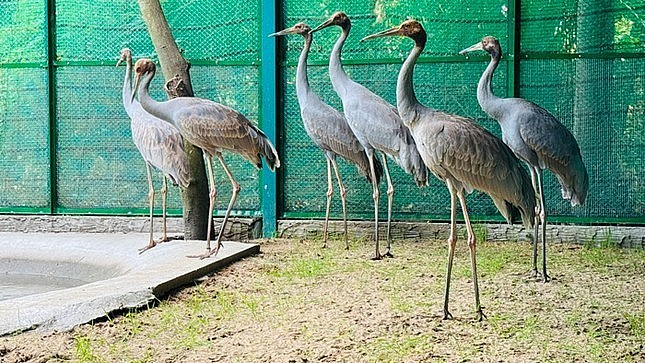
6 Sarus Cranes complete quarantine, set to return to Tram Chim National Park

Hong Loan Mai – The graceful charm of a bonsai beauty
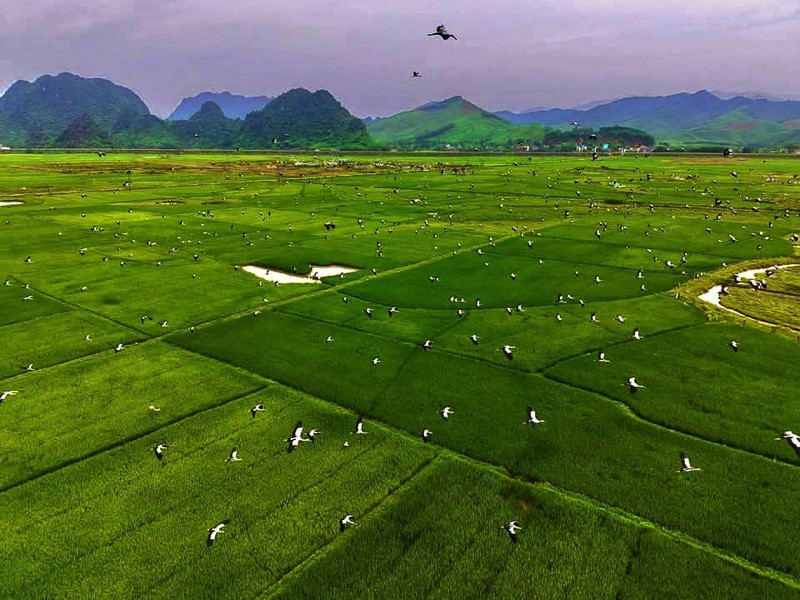
Endangered stork species making surprise appearance in Phong Nha - Ke Bang

Department of Crop Production and Plant Protection: "Orienting the total production value of flower and ornamental plant sector reach 70-75 trillion VND by 2025"

The 9X artist turns water hyacinth into living art

Over 1,000 artworks featured in the 2025 Expanded Ornamental Creatures Exhibition of Van Giang District

Endangered stork species making surprise appearance in Phong Nha - Ke Bang

Over 1,000 master bonsai trees gather in Quang Ngai, dazzling plant enthusiasts
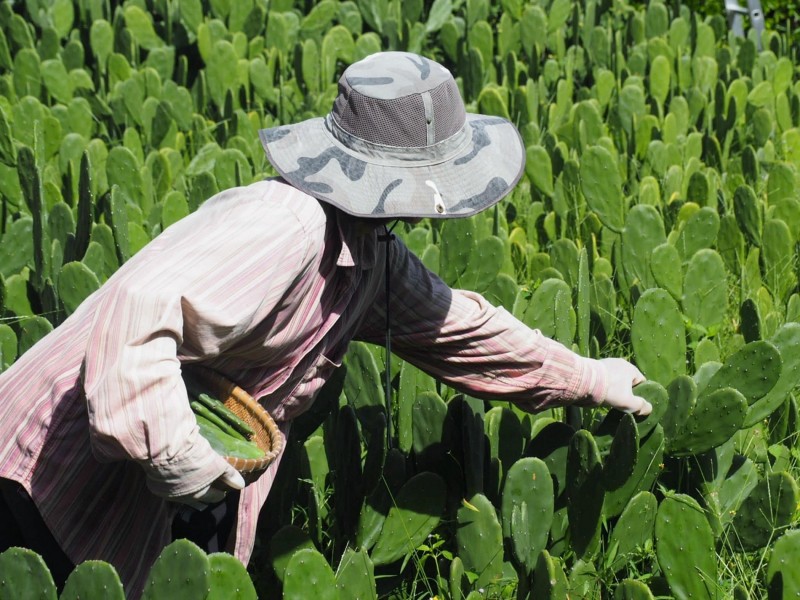
Leaving a $1,000 office job, engineer turns cactus into food and drink
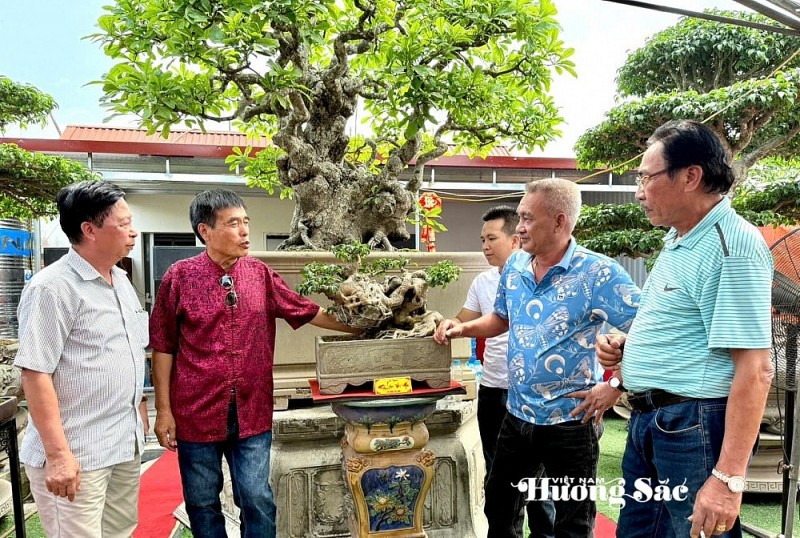
Hoa "Taxi" - A typical bonsai artist in Van Giang District, Hung Yen Province
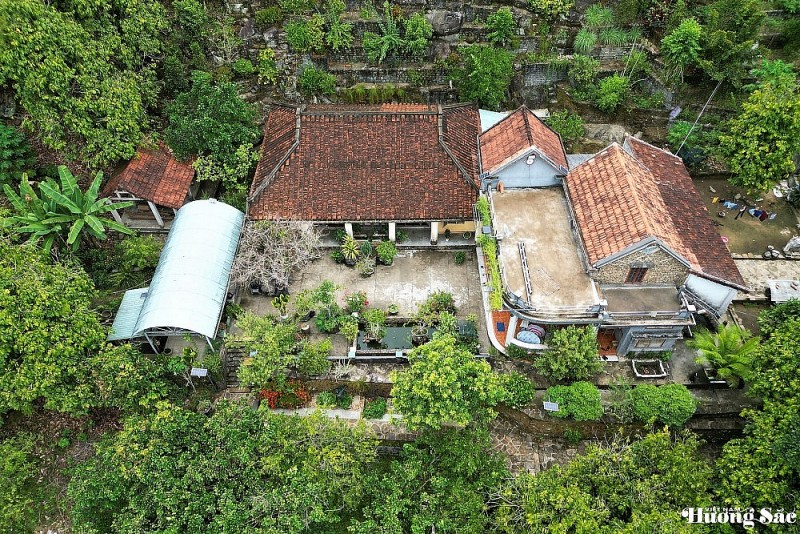
Look inside the million-dollar jackfruit wood ancient house in Quang Nam Province
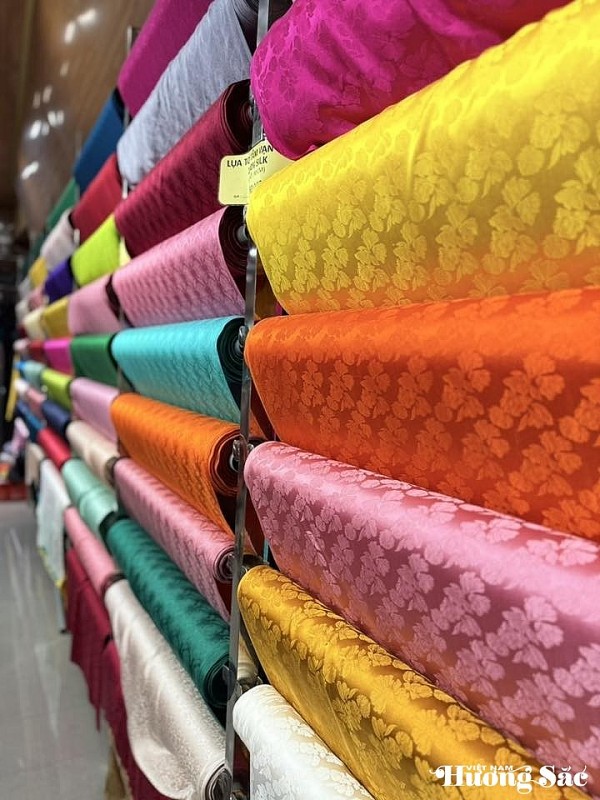
Van Phuc Silk Village: Weaving tranquility through memories and colors
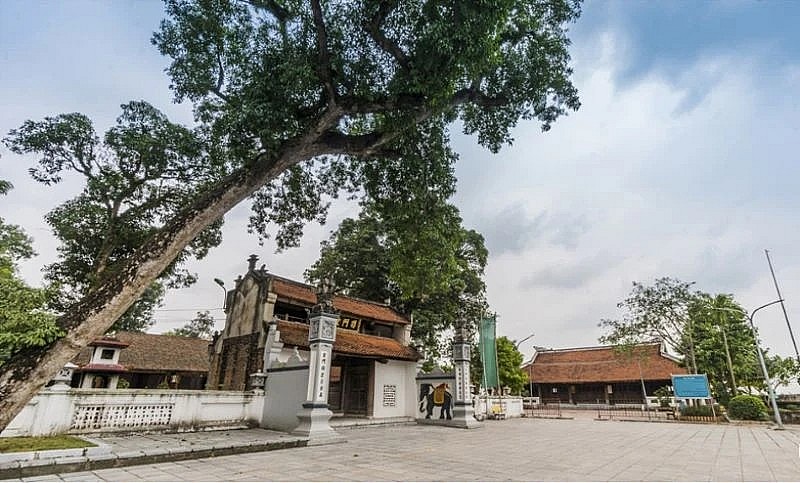
Exploring Hat Mon Temple in Hanoi
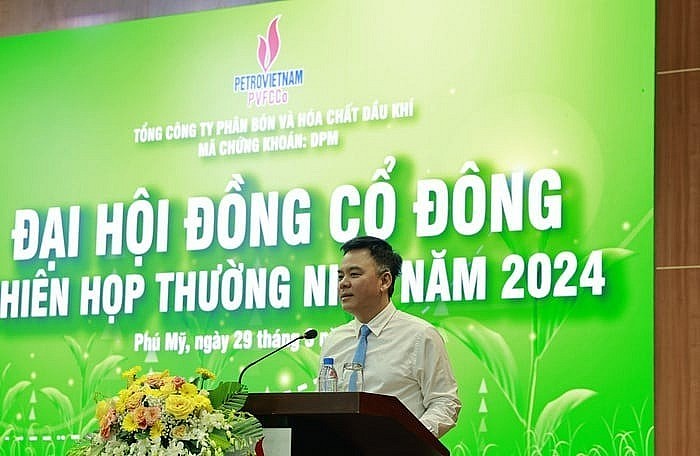
From the first granule of urea to a national brand: PVFCCo and its mission beyond the continent

STP Group: Nguyen Thi Hai Binh - The pioneer woman bringing the ocean into the circular economy and the journey of "connecting values - connecting the community"
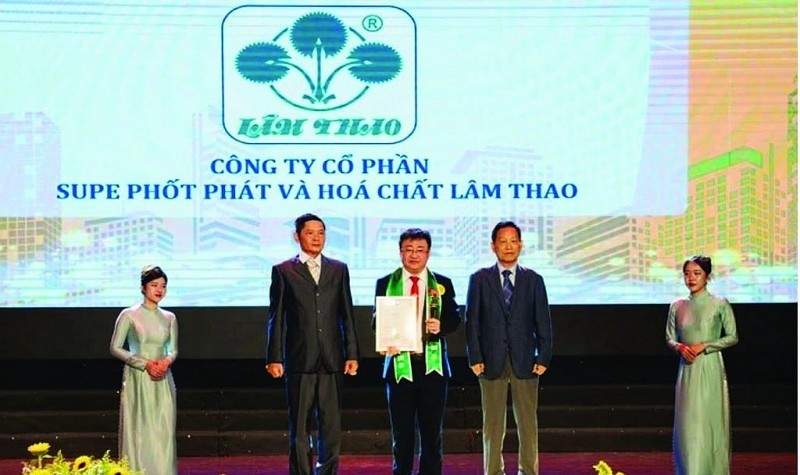
Toward the Celebration of the 63rd Anniversary of Lam Thao Superphosphate Company: From following President Ho Chi Minh’s wish to a national brand

Trailer introducing the special issue of Vietnam huong sac Magazine, published on May 19
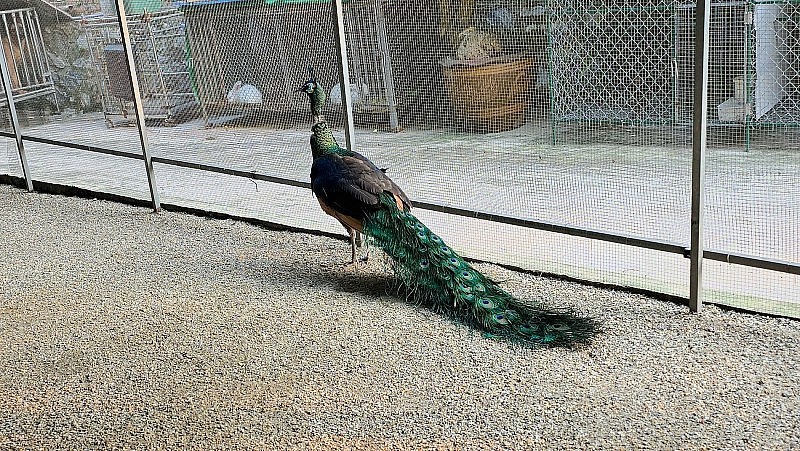
Surprised by rare songbirds at Dung Tan Center in Thai Nguyen Province
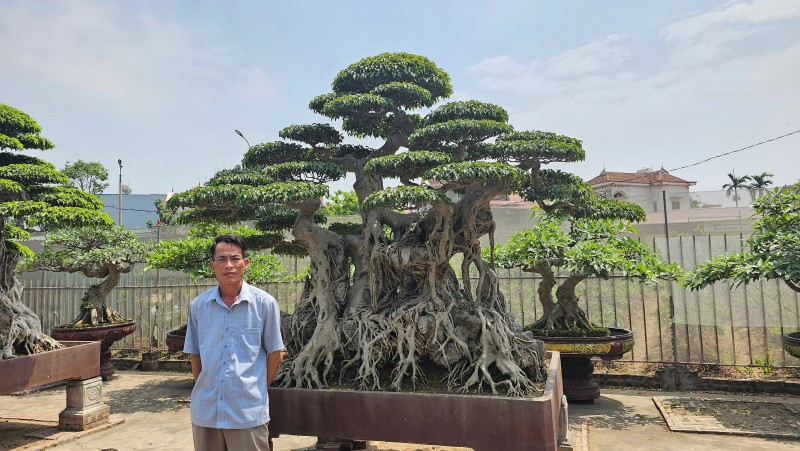
A passionate horticulturist committed to preserving the Sanh Da bonsai lineage in Hưng Yên

Look inside the million-dollar jackfruit wood ancient house in Quang Nam Province
